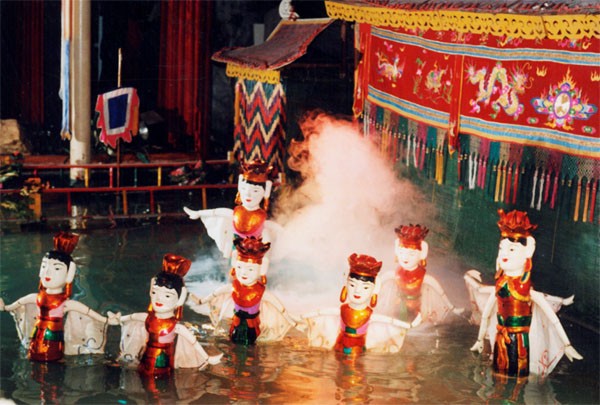Cambodia
Khmer
The dance is in the court. The dance moves
found on the pictures of Angkor Wat in the temple are all unique, creating a
beautiful dance posture of the Apsara dance. The performing arts in the present
Although there is no documentary evidence that can explain the origin, which is
considered the beginning of the occurrence of the dance in Cambodia.






